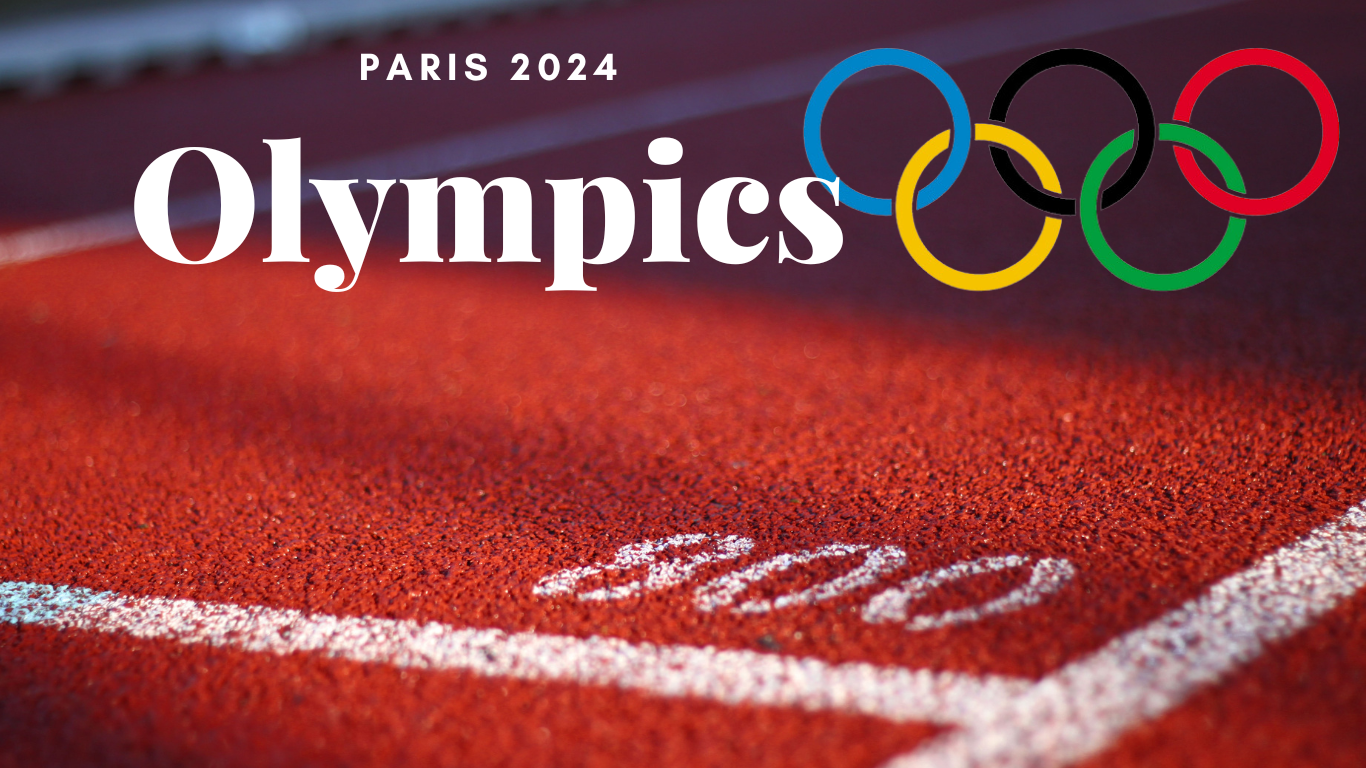The Olympic Games have traditionally served as a stage for exhibiting the greatest athletic accomplishments made by humankind. The pairing of sport and technology has unlocked a new era of athletic achievement and climbing innovation at the Tokyo 2020 Olympics. Sport climbing, an endurance, strength, and strategy challenge, is more than just a sport; it’s an example of how human potential and technology can come together to provide a spectacle of contemporary sports.
The Olympic Games have always been a display of human creativity and athleticism. The 2024 Olympics in Paris will see a revival of sport climbing, fusing cutting-edge technology and physical power. With its three disciplines—speed, bouldering, and lead—this dynamic sport demonstrates how technology is transforming training, competition, and the Olympic experience.
With the help of technology, sport climbing has become a premier Olympic event, as this blog article tries to illustrate. Technology plays a pivotal role in this exciting sport, augmenting audience experience, safety, and performance with sophisticated materials, data analytics, and precise timing systems.
The Evolution of Sport Climbing
From its beginnings as rock climbing, sport climbing has quickly developed into a competitive sport requiring not only physical strength but also mental agility and strategic preparation. Three disciplines are part of the Olympic format: lead, bouldering, and speed. Climbers face distinct challenges in each of these disciplines, pushing the boundaries of what is achievable.
Originating in rock climbing, sport climbing has quickly expanded to become a fiercely competitive activity, testing competitors’ strength, speed, and tactics. With its Olympic debut in Tokyo 2020, it grabbed spectators all over the world. By 2024, in Paris, we may have to predict even more technical innovations that will push the limits of this thrilling sport.
Speed Climbing: Precision and Efficiency
Speed climbing involves competitors racing up a 15-meter wall with similar hand and footholds, striving to reach the summit in the shortest amount of time doable. The technology used in this field is critical. Advanced timing technologies with millisecond precision guarantee fair and accurate outcomes. High-speed cameras and motion sensors monitor every movement, providing real-time feedback and allowing athletes to examine their techniques and make micro-adjustments to increase performance.
Advanced Timing Systems:
Using millisecond-precision timing systems ensures accurate and objective outcomes.
Motion Sensors:
High-speed cameras and sensors track every move, providing real-time feedback and allowing sports men to improve their techniques.
Bouldering: Strength and Problem Solving
Bouldering is the practice of climbing short yet demanding routes, known as problems, without the use of ropes. The walls are approximately 4.5 meters high, and climbers must navigate a sequence of holds of various forms and sizes. Bouldering promotes tech to design holds and walls using computer-aided design (CAD) software, allowing climbers to create intricate and unique challenges that test their physical and mental capabilities. Motion capture technology also helps athletes perfect their actions, lowering the chance of injury and increasing efficiency.
Computer-Aided Design (CAD):
CAD software generates complex and difficult-to-hold designs and wall combinations, testing athletes to their limits.
Motion Capture Technology:
Recording movement allows athletes to refine their actions, increasing efficiency and lowering the chance of injury.
Lead Climbing: Endurance and Strategy
Lead climbing requires endurance and strategic thought as climbers seek to reach the highest point on a 15-meter wall within a time constraint. Advanced materials and engineering have transformed the equipment used for lead climbing. Lightweight harnesses, ropes with high tensile strength, and specific climbing shoes improve both performance and safety. The utilization of augmented reality (AR) and virtual reality (VR) technologies in training enables competitors to simulate climbing routes, providing them with the opportunity to practice and strategize before the significant event.
Advanced Equipment:
Lightweight harnesses, high-tensile ropes, and specialized footwear improve performance and safety.
AR & VR Training:
These technologies imitate climbing routes, allowing athletes to practice and strategize in a safe setting.
Data Analytics: Enhancing Performance
One of the most significant technological advances in sport climbing is the use of data analytics. Wearable sensors and biometric devices monitor athletes’ physiological data, including heart rate, muscular activity, and exhaustion levels. Analyzing the data leads to better training plans, progress tracking, and injury prevention. Climbing instructors use this information to adjust their coaching tactics, keeping athletes in optimum condition for competition.
Wearable Sensors:
These devices monitor physiological data, such as heart rate, muscle activity, and weariness.
Performance Analysis:
Coaches use this information to optimize training, track progress, and prevent injuries, adapting plans for peak performance.
Sustainable Innovations: The Green Wall
Sustainability plays a crucial role in constructing Olympic climbing walls, as they use eco-friendly materials and energy-efficient methods. The construction of the walls minimizes environmental impact by using recyclable materials, improving wall construction, and reducing waste and energy consumption.
Eco-Friendly Materials:
Climbing walls are made from recyclable and long-lasting materials to reduce their environmental impact.
Energy Efficiency:
Innovative wall design and construction techniques reduce energy use and waste.
Enhancing the spectator experience
Technology plays an important part in improving the spectator experience. High-definition transmission, paired with realistic VR experiences, allows fans to feel the excitement of sport climbing from the comfort of their own homes. Viewers can flip between several lens perspectives over dynamic platforms, allowing them to get a better understanding of the climbers’ skills and strategies. Social media integration allows supporters to stay connected and engaged throughout the competition.
High-Definition Broadcasting:
4K and 8K broadcasts deliver amazing visual clarity.
Immersive VR Experiences:
Fans may experience the thrill of climbing in virtual reality, as if they were right alongside the Olympians.
Interactive Platforms:
Viewers can flip between camera viewpoints to get a thorough view of the sport.
Future of Sport Climbing and Technology
The inclusion of sport climbing in the Olympics is a huge milestone for the sport, paving the way for future technological advancements. As technology advances, we should expect to see more advanced equipment, data-driven training methods, and immersive viewing experiences. The collaboration between technology and sport climbing will continue to push the envelope, motivating a new generation of athletes and fans.
Sophisticated Equipment:
Continuous advancements in gear will boost performance and safety.
Data-Driven Training:
Targeted and effective training programs will improve analytics.
Immersive Viewing:
Future technology will make watching sport climbing more interesting and involved.
Conclusion
The Paris 2024 Olympics will be a watershed moment for sport climbing, emphasizing the convergence of technology and athleticism. As sportsmen reach new heights, they will not only compete against one another but also push the boundaries of human potential, fueled by technological innovation. The combination of sport climbing and technology promises an exciting future for athletes and fans worldwide. Sport climbing’s adventure is really just beginning, and Paris 2024 promises to be a watershed moment.



